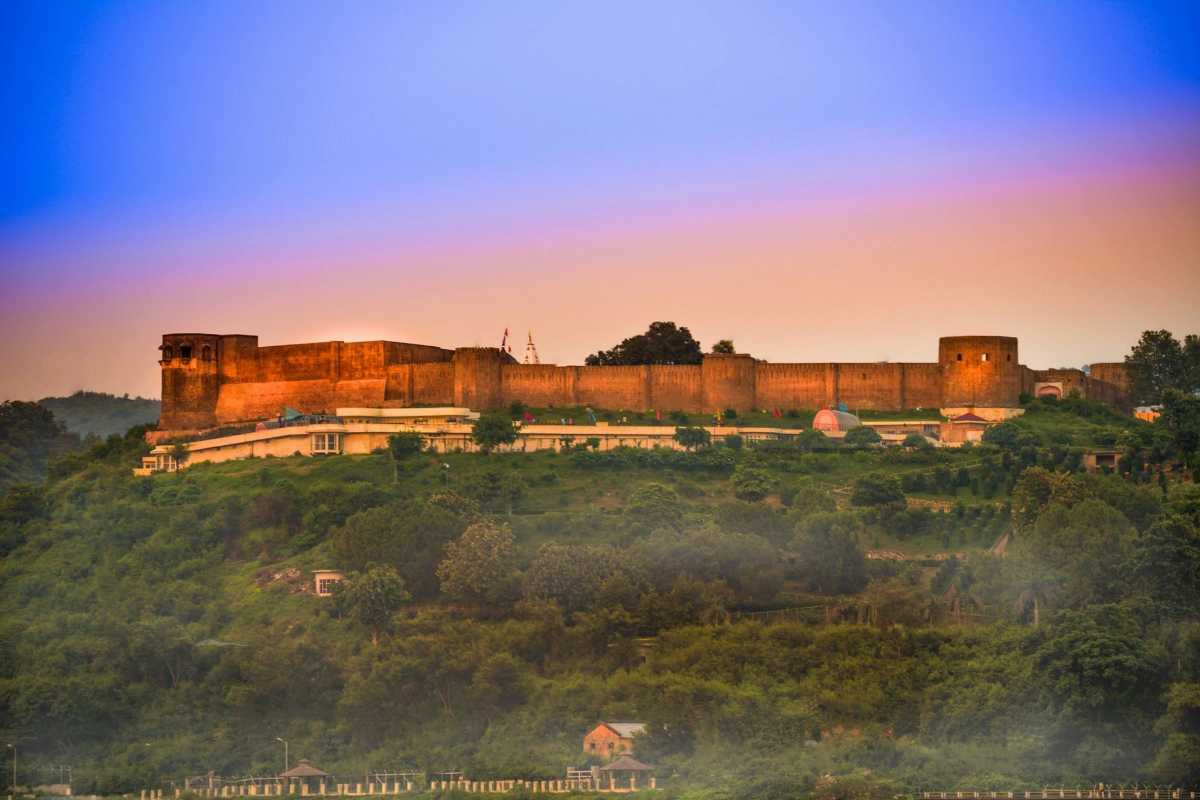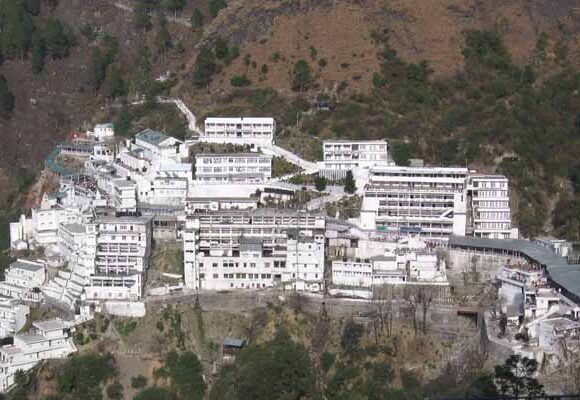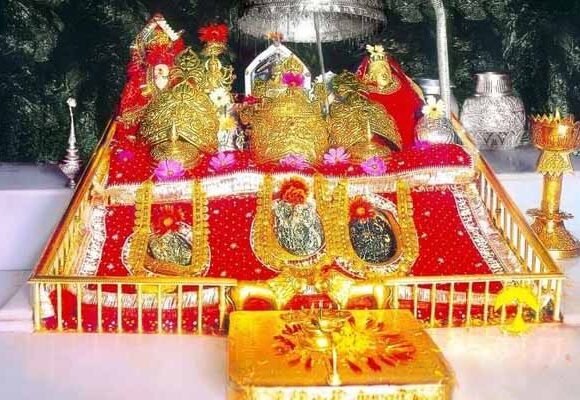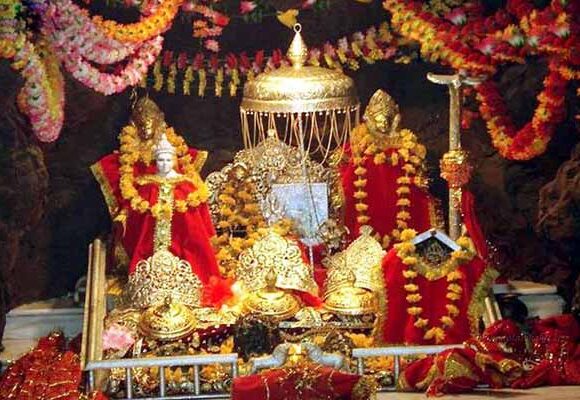
Jammu
Nesting in the foothills of the Himalayas, with the river Tawi flowing alongside, is the place that Raja Jambu Lochan discovered one day while he was on a hunting trip. Legend has it that he came upon a clearing where he saw a sight that left him wonderstruck. A tiger and a goat stood side-by-side, drinking water from the same place in the Tawi River. He was so struck by this unusual sight that he decided to build a city on this land where no living creature seemed to bear enmity towards each other. Little is known of Jammu’s subsequent history until, in 1730 AD, it came under the rule of the Dogra king, Raja Dhruv Deva. The Dogra rulers moved their capital to the present site and Jammu became an important centre of art and culture, especially the Pahari school of paintings.
Today, as if in testimony to Raja Jambu Lochan’s vision, the city of Jammu has come to be known as the ‘City Of Temples’. Innumerable temples and shrines, with glittering ‘shikhars’ soaring into the sky, dot the city’s skyline, creating the ambience of a holy and peaceful city.
Explore Tour





